Miyauchi et al from Brillnics and Tohoku University published a paper titled "Analysis of Light Intensity and Charge Holding Time Dependence of Pinned Photodiode Full Well Capacity" in the IISW 2023 special issue of the journal Sensors.
Abstract
In this paper, the light intensity and charge holding time dependence of pinned photodiode (PD) full well capacity (FWC) are studied for our pixel structure with a buried overflow path under the transfer gate. The formulae for PDFWC derived from a simple analytical model show that the relation between light intensity and PDFWC is logarithmic because PDFWC is determined by the balance between the photo-generated current and overflow current under the bright condition. Furthermore, with using pulsed light before a charge holding operation in PD, the accumulated charges in PD decrease with the holding time due to the overflow current, and finally, it reaches equilibrium PDFWC. The analytical model has been successfully validated by the technology computer-aided design (TCAD) device simulation and actual device measurement.
Open access: https://doi.org/10.3390/s23218847
Figure 1. Measured dynamic behaviors of PPD.
Figure 2. Pixel schematic and pulse timing for characterization.
Figure 3. PD cross-section and potential of the buried overflow path.
Figure 4. Potential and charge distribution changes from PD reset to PD saturation.
Figure 5. Simple PD model for theoretical analysis.Figure 6. A simple model of dynamic behavior from PD reset to PD saturation under static light condition.
Figure 7. Potential and charge distribution changes from PD saturation to equilibrium PDFWC.
Figure 8. A simple model of PD charge reduction during charge holding operation with pulse light.Figure 9. Chip micrograph and specifications of our developed stacked 3Q-DPS [7,8,9].
Figure 12. PDFWC under various light intensity conditions.
Figure 13. PDFWC with long charge holding times.
Figure 14. TCAD simulation results of equilibrium PDFWC potential.
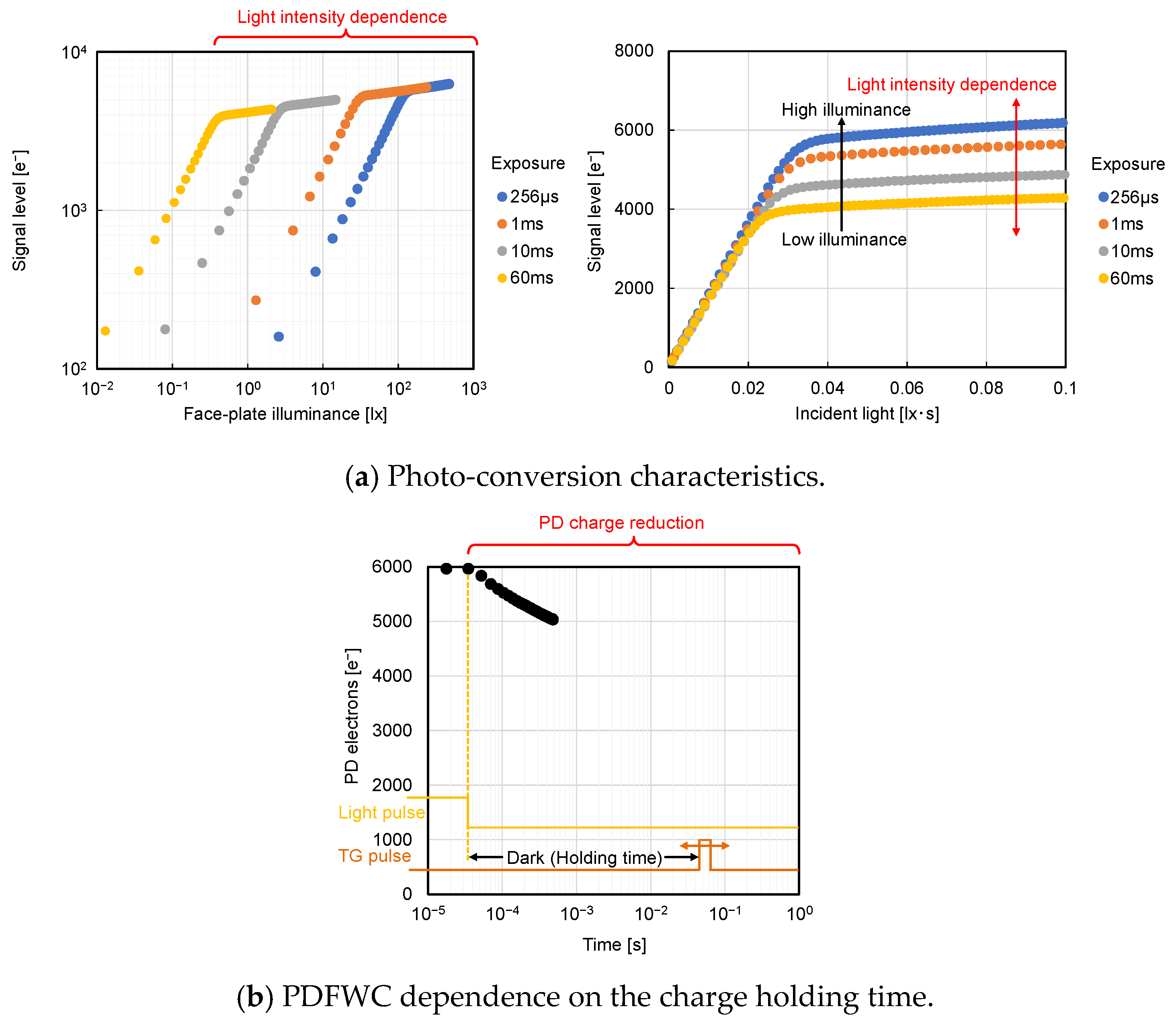
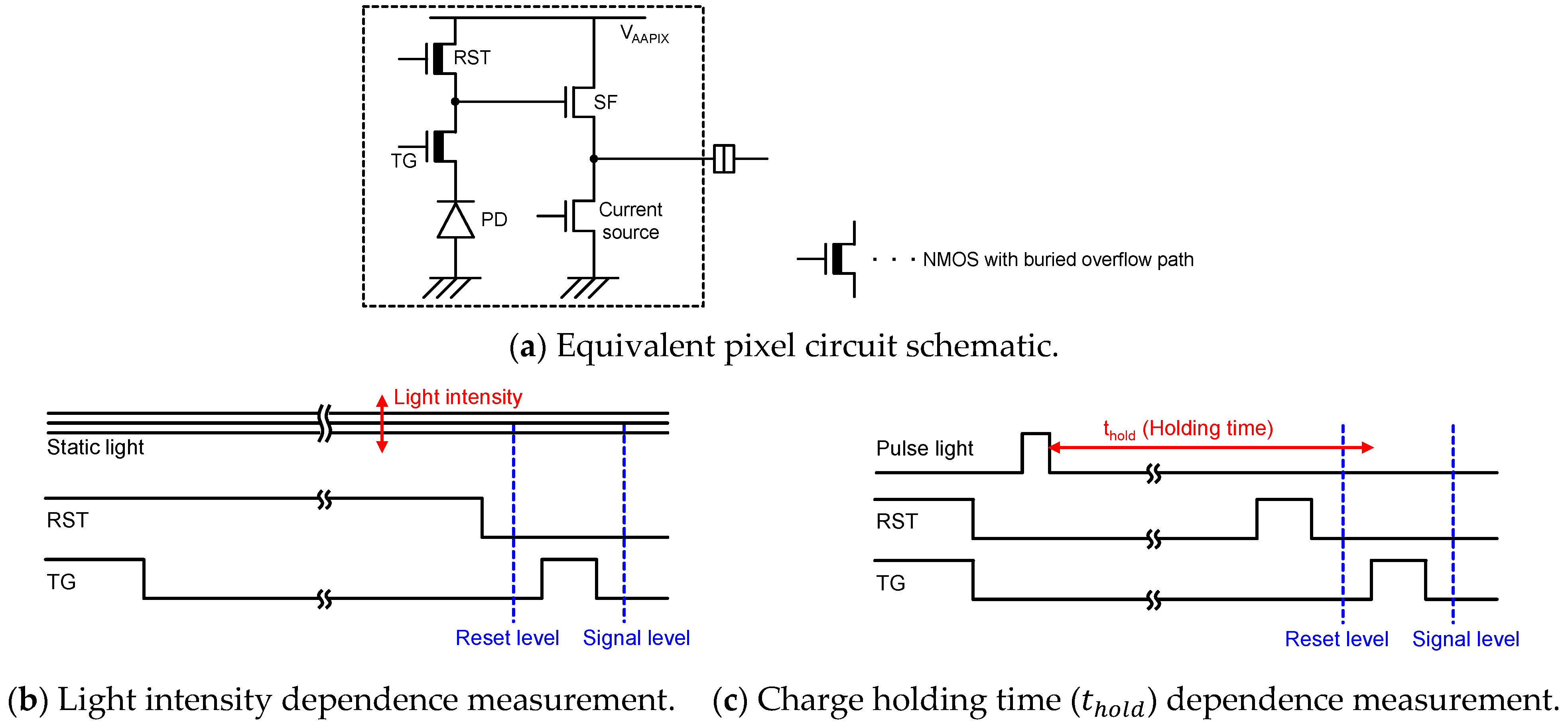
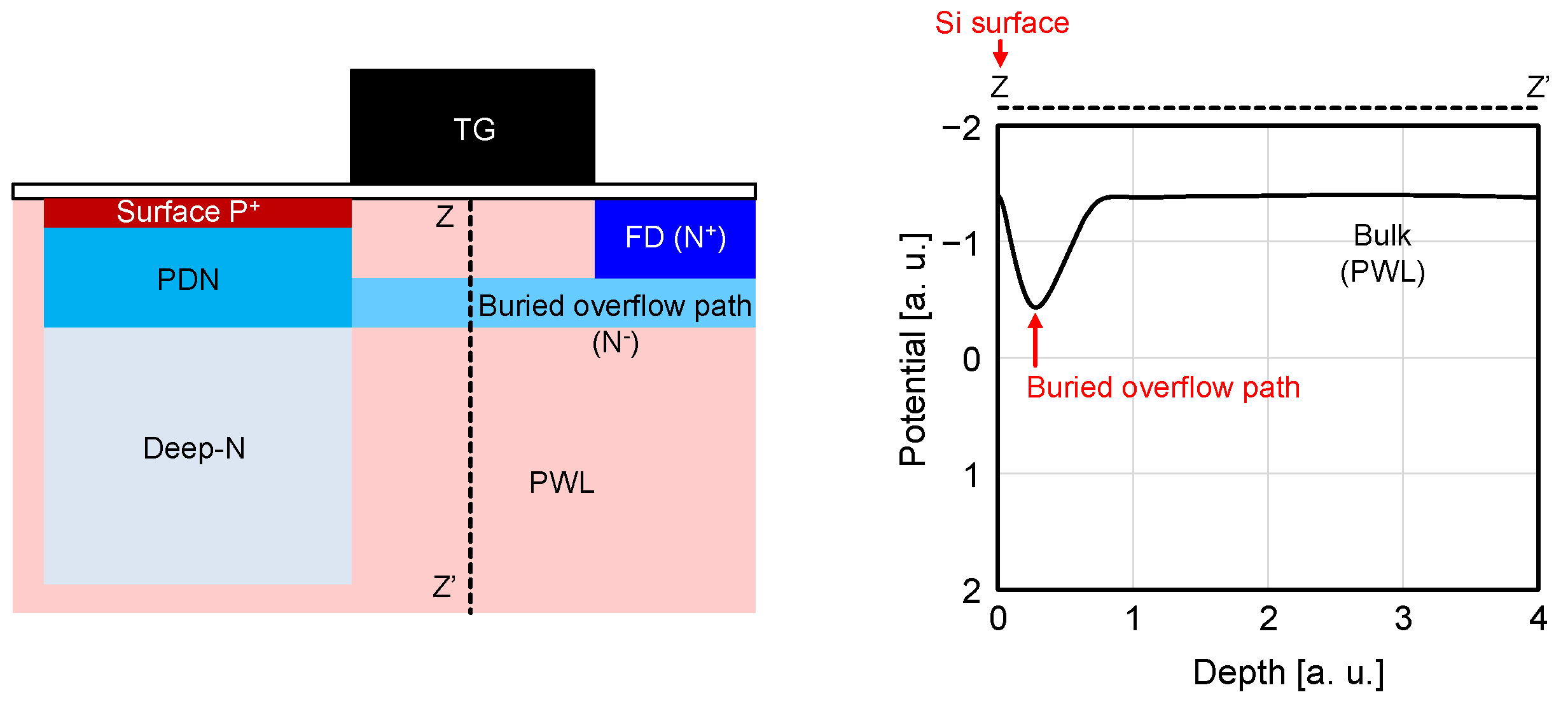

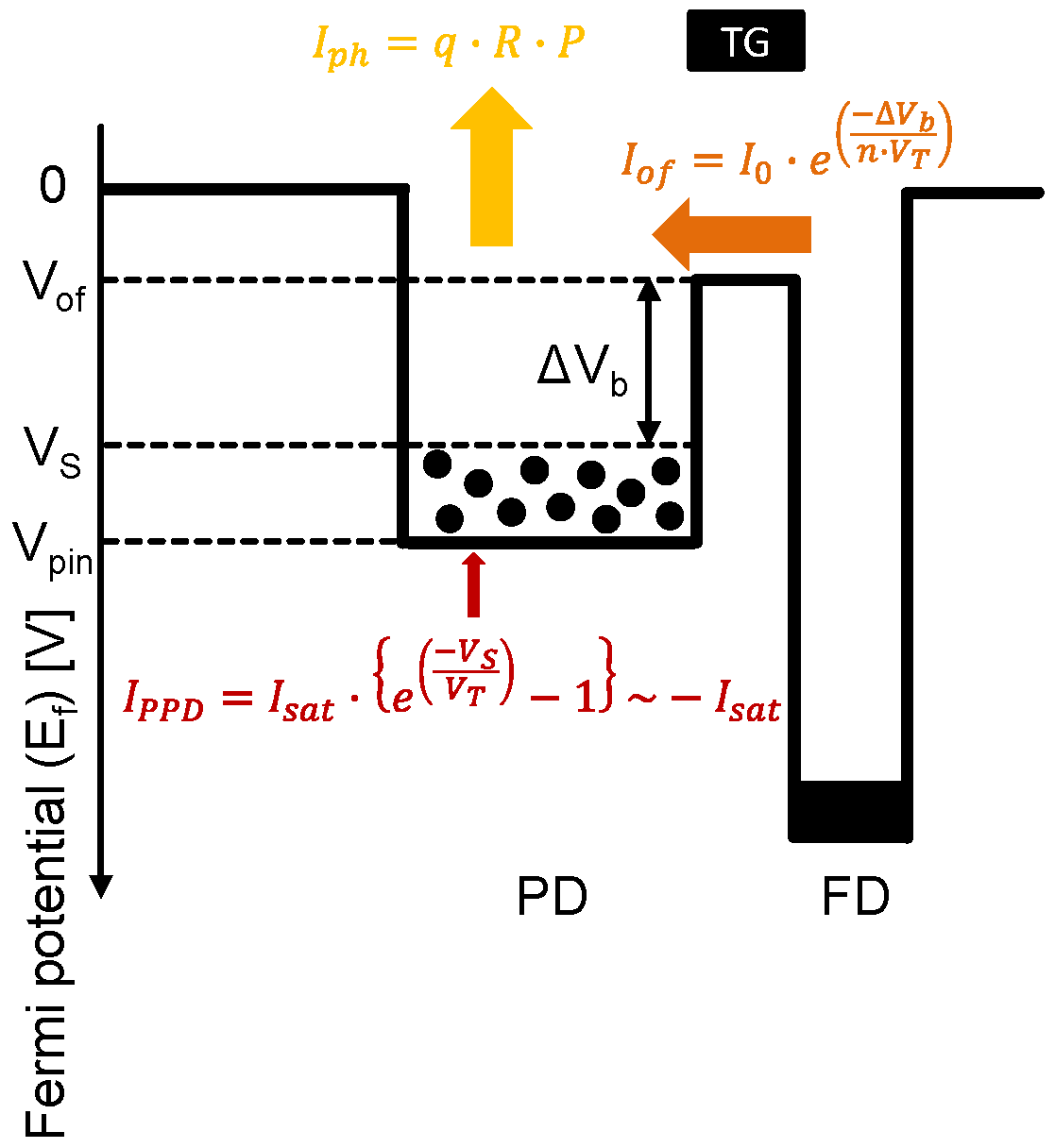
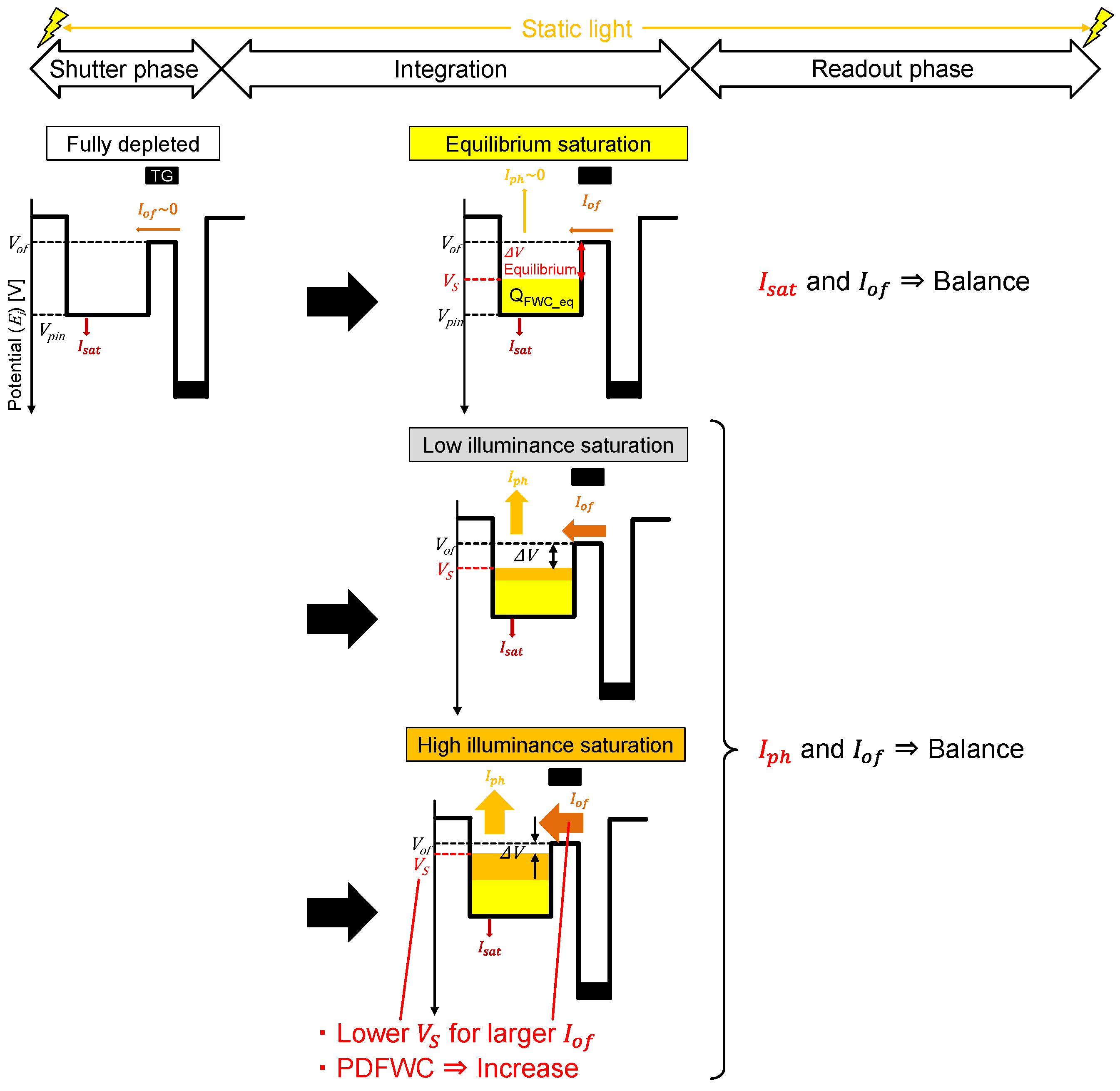

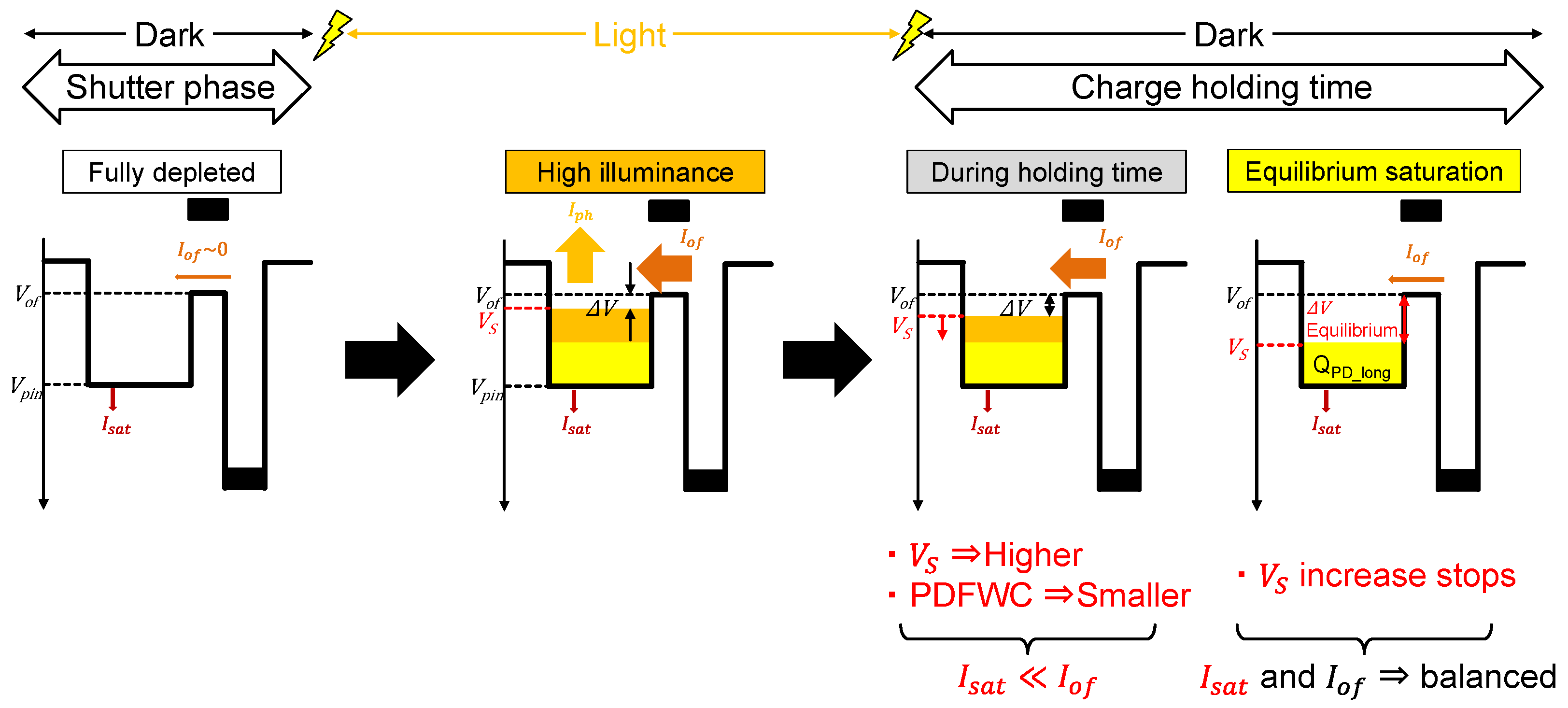


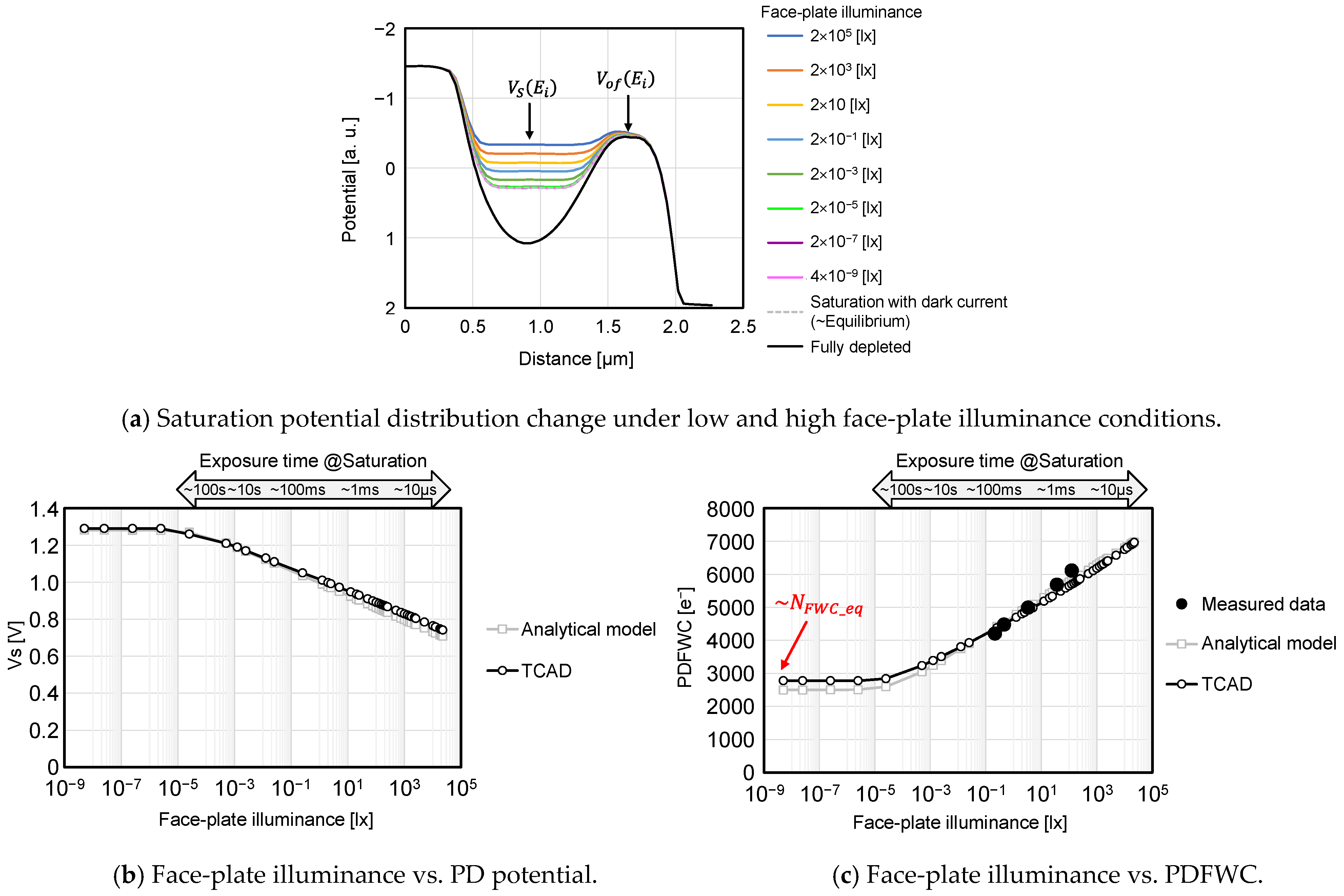

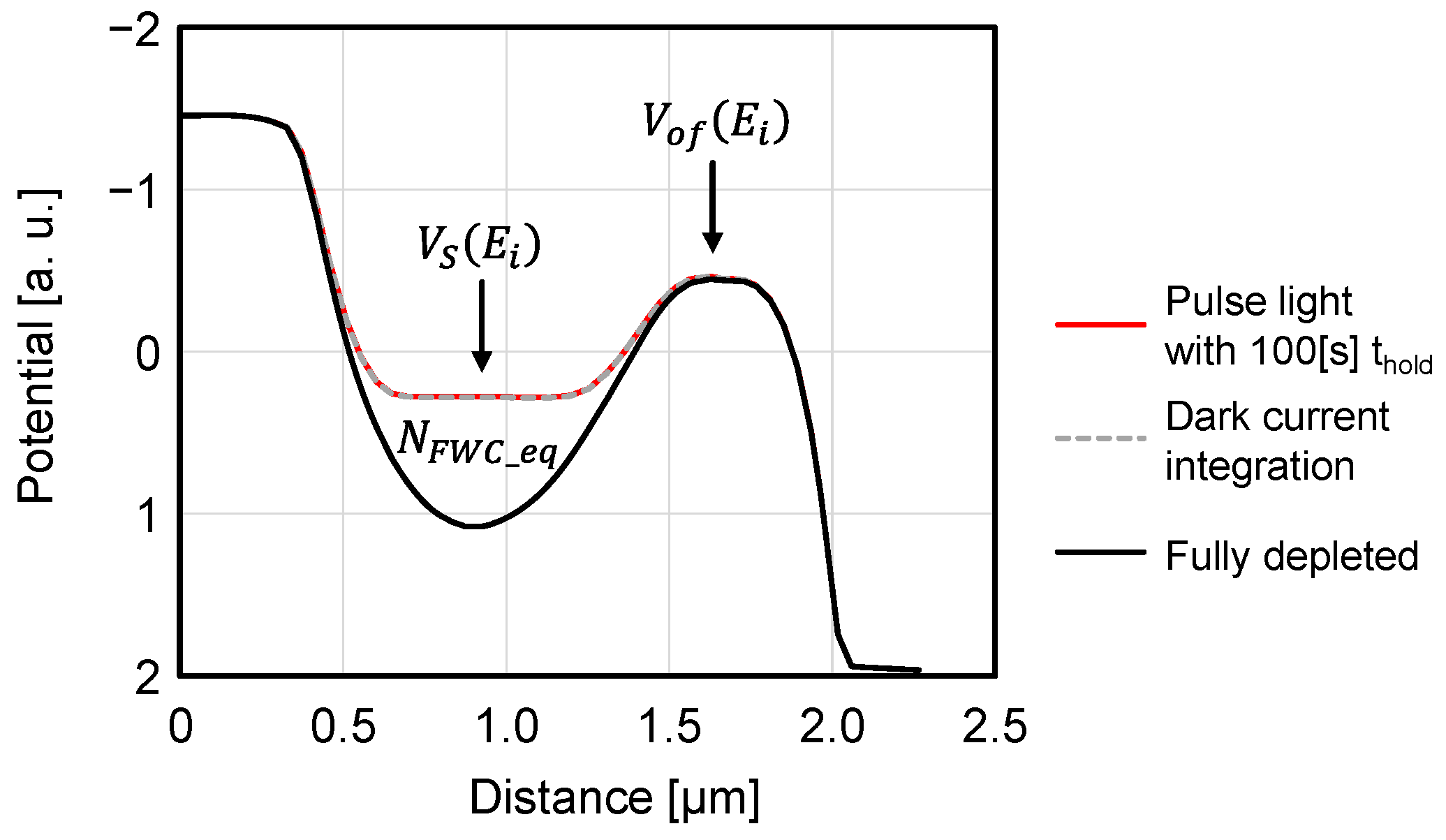
No comments:
Post a Comment
All comments are moderated to avoid spam and personal attacks.